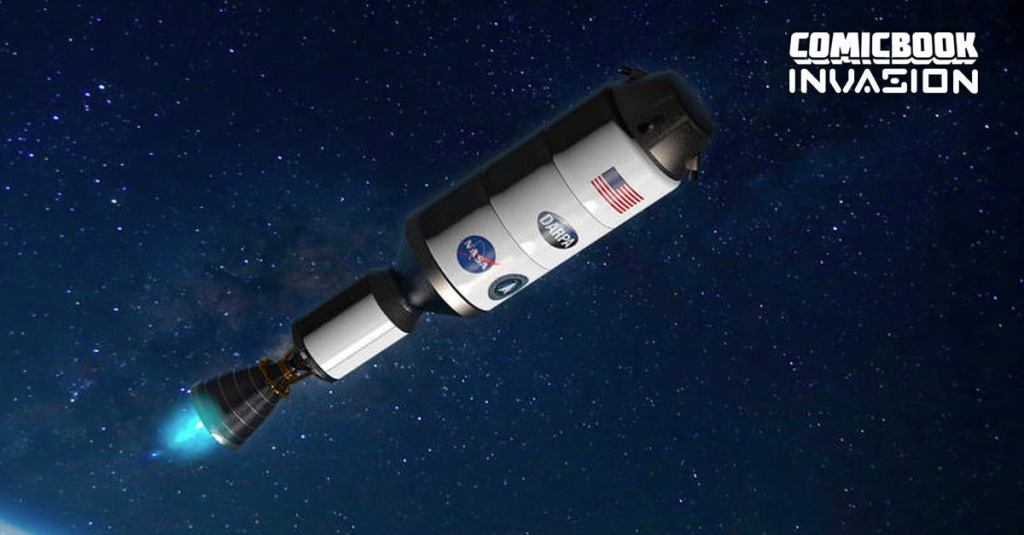As researchers work toward getting humanity to Mars, NASA and the Defense Advanced Research Projects Agency (DARPA) are working together on a project that could get boots on the Red Planet much quicker. Tuesday, NASA announced the two agencies will work on once again testing nuclear-powered rockets in space.
Videos by ComicBook.com
“NASA will work with our long-term partner, DARPA, to develop and demonstrate advanced nuclear thermal propulsion technology as soon as 2027. With the help of this new technology, astronauts could journey to and from deep space faster than ever – a major capability to prepare for crewed missions to Mars,” NASA Administrator Bill Nelson told members of the media Tuesday. “Congratulations to both NASA and DARPA on this exciting investment, as we ignite the future, together.”
A nuclear-powered rocket, in theory, would allow for a substantially faster travel time through space. The rocket’s fission reactor would generate extremely high temperatures that would then produce a liquid propellant that is exhausted through a nozzle, which would then propel the rocket through space. It’s been over 50 years since NASA last tested nuclear-powered rockets.
“DARPA and NASA have a long history of fruitful collaboration in advancing technologies for our respective goals, from the Saturn V rocket that took humans to the Moon for the first time to robotic servicing and refueling of satellites,” DARPA director Dr. Stefanie Tompkins added. “The space domain is critical to modern commerce, scientific discovery, and national security. The ability to accomplish leap-ahead advances in space technology through the DRACO nuclear thermal rocket program will be essential for more efficiently and quickly transporting material to the Moon and eventually, people to Mars.”
While getting to Mars is a top priority for many, NASA’s simultaneously investing a substantial amount of time and resources into its Artemis program, which will see the United States return to the lunar surface by 2025.
After a successful Artemis I launch last year, Artemis II will follow the same path with a crewed spacecraft. Artemis III would then take a crew to the moon on a mission lasting upwards of 25 days.
For additional space and cosmic stories, check out our ComicBook Invasion hub here.









